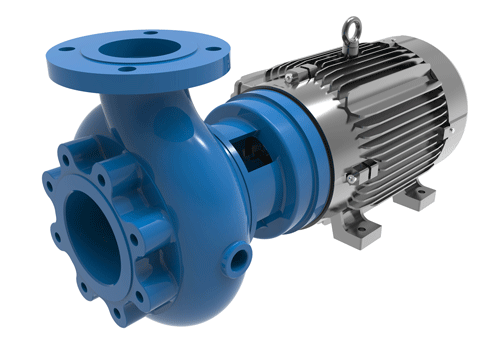
A guide for new engineers and a refresher for experienced engineers.
Dangote Fertilisers Ltd.
07/25/2023
In this article, the startup procedures necessary for pump commissioning are listed, as well as the procedures necessary for the removal of a pump from service.
Pump Commissioning
- Confirm the numbering of the pump to be inspected matches sign off documentation.
- Certify from the quality control unit the pipe strain, soft foot, alignment and runout are all within the acceptable range.
- Confirm the electrical insulation resistance and leakage tests are within limits from the electrical unit.
- Run the motor on no-load (decoupled from the pump) for a time period of at least 12 to 24 hours depending on the original equipment manufacturer’s schedule.
- The lines going to the pump inlet should be flushed with demineralized water while being disconnected from the pump.
- The strainer on the inlet line should be cleaned.
- Recommended oil should be used to flush the pump and drained.
- Recommended oil should be filled in the pump and level should be confirmed satisfactory.
- Suction lines are then connected to the pump.
- The suction lines are to bleed off air to prevent air pockets getting through to the pump.
- Pump should be coupled with motor in preparation for load run.
- The discharge valve should be fully closed to check for maximum pump pressure/head.
- Upon startup of pump, the system should be checked for leaks, abnormal sound, vibration and bearing temperature.
- The flow should be checked (upon certification from the instrument unit that the gauge calibration has been checked).
- Confirm power consumption of the pump is in line with equipment data sheet.
- Ensure proper documentation.
- Should all parameters fall within range, the pump may be signed off and put in operation.
Pump Decommissioning
- Ensure pump number tag matches with the pump to be decommissioned as per signoff documents.
- Ensure the pump has been de-energized and the electrical point has been tagged out.
- Motor and pump unit should be decoupled.
- Oil should be completely drained from pump and properly disposed.
- Oil leveler, couplings, breathers and pump accessories should be removed and stored safe.
- Pump connections to pump inlet and discharge should be removed and blinded.
- Mechanical seal piping (if available) should be removed, tagged together and stored safely.
- Motor or pump driver foundation bolts should be loosed, removed and stored safely.
- Pump should be loosed from foundation bolts, removed and stored safely.
- Ensure proper documentation and sign off by necessary field engineers.


